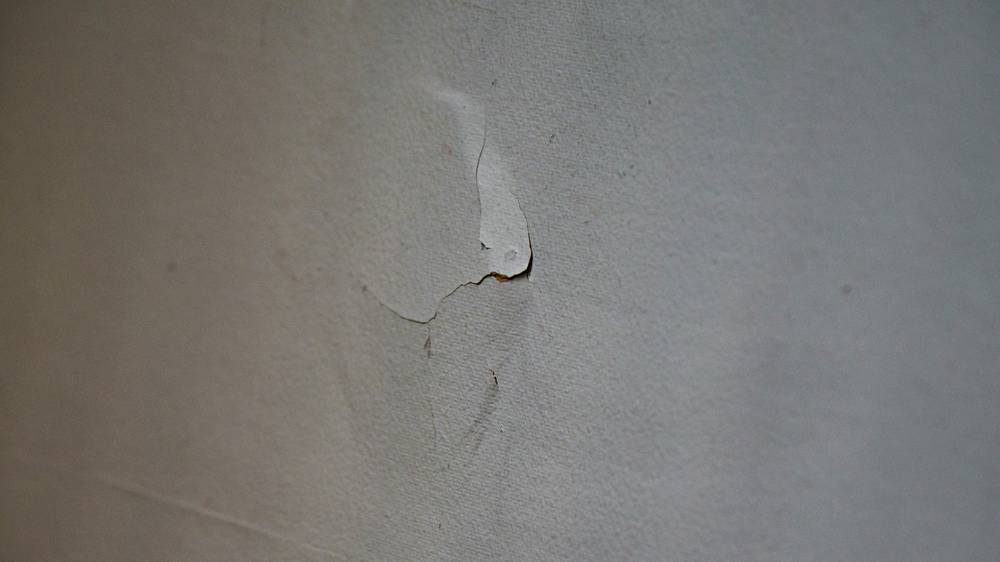Landlord Maintenance Duties in CA
California landlord maintenance obligations require every rental to be “fit for human habitation.” Civil Code § 1941 lists the essentials; local ordinances may tighten the list or shorten deadlines.
- Reliable hot and cold plumbing connected to an approved water system
- Functional heating capable of 70°F in habitable rooms
- Weather-proof roof, windows, and exterior walls with no substantial leaks
- Working electrical system with proper wiring and lighting
- Smoke and carbon-monoxide detectors installed and maintained
- Sanitary sewage disposal with no back-ups or standing wastewater
- Sturdy floors, stairs, and railings without structural hazards
- Mold kept below harmful levels per SB 655 and Health & Safety Code § 17920.3
Ask yourself: “Does this defect threaten health or basic living functions?” If yes, it falls within the landlord’s non-waivable duty. For the granular list of habitability items, review our habitability standards guide or check local ordinances that often add heat-in-48-hours rules or mold relief funds.
Key Statutes & Deadlines
| Topic | Civil Code / Statute | Core Obligation | Typical Deadline |
|---|---|---|---|
| Minimum Habitability | CC § 1941 | Provide safe, sanitary, weather-tight premises | Continuous |
| Tenant Remedies | CC § 1942 | Repair-and-deduct, abandon, sue after reasonable notice | 30 days (3-7 for emergencies) |
| Substandard Housing | H&S Code § 17920.3 | Defines “substandard” for code enforcement orders | Varies by city |
| Mold Disclosure | SB 655 / H&S § 26147 | Prohibit leasing hazardous mold; written disclosure | Disclosure before lease or on discovery |
| 72-Hr Heat Rules | Local ordinances (e.g., L.A. MC § 91.8104) | Fix primary heat within 72 hours in winter | 48-72 hours |
Tenant Remedies When Repairs Lag
Tenant repair rights California activate when reasonable time passes without action after written notice. Remedies escalate—start polite, end powerful.
- Rent withholding (planned deep-dive: rent-withholding/)
- Repair-and-Deduct up to one month’s rent per § 1942
- Escrow rent in a separate account as negotiation leverage
- Code Enforcement or Public Health complaint—often free
- Abandonment if unit becomes legally uninhabitable
- Small-Claims Court up to $12,500 (see dispute-resolution)
Always keep timelines in mind: an ignored heater in February justifies action sooner than a sticky window in July. Track every communication to shield against retaliation.
7 Steps to Get a Repair Handled
- Document the Problem — Snap photos or video with a visible date stamp. A squealing water-heater captured on phone audio works wonders in court.
- Send a Dated Written Request — Use our repair request letter and include photos. Certified mail proves delivery.
- Track the Statutory Clock — Emergency issues allow 24-72 hours; routine matters grant up to 30 days. An interactive tracker below keeps you honest.
- Follow-Up by Phone & Email — Confirm receipt, get ETA, and log the call. Courts like persistent—but polite—tenants.
- Send Certified “Final Notice” — If silence continues, warn of upcoming remedies; attach copies of prior letters.
- Choose a Remedy — Use decision tree: gas leak? → call utility + repair-and-deduct; mold stain? → wait statutory period, then code complaint.
- Retain Evidence — Bundle letters, photos, certified receipts into one PDF for quick upload to inspectors or the judge.
Emergency Repairs & Rapid Response Timelines
Within 24 Hours
- Gas leak or carbon-monoxide alarm
- No running water or sewage back-up
- Complete loss of heat during winter
- Electrical hazard sparking or smoking
Within 3-7 Days
- Broken refrigerator
- Minor roof leak or window seal failure
- Malfunctioning stove or oven
- Mold remediation scheduling
Repair Timeline Estimator
Select a problem category to see the typical deadline and recommended next step.
Self-Help & “Repair-and-Deduct” Rules
California Civil Code § 1942 lets you repair and deduct if (1) the defect affects health or safety, (2) you gave proper notice, and (3) the estimated cost does not exceed one month’s rent. You may use this remedy only twice in any 12-month period.
Keep itemized receipts marked “PAID” and send your landlord a reimbursement demand concurrently with reduced rent. If challenged, be ready for small-claims court California where judges look for reasonable cost, licensed contractor, and proof you waited a “reasonable time.”
Mold, Moisture & Habitability
Visible mold or musty odors are more than cosmetic—they may breach California habitability law. SB 655 classifies dampness and mold over permissible levels as substandard housing. Landlords must disclose known toxic mold in writing and hire professional remediation when the affected area exceeds ten square feet.

DIY bleach wipe-downs rarely satisfy inspectors. Demand moisture-source repair (roof, plumbing) plus mold removal following IICRC S520 standards. If ignored, escalate to code enforcement and document respiratory symptoms for potential damages.
Documentation & Evidence Tips
- Capture wide-angle photos and close-ups; include a coin or ruler for scale.
- Record brief video narrations: “Today is November 10, 2025—water dripping under sink.”
- Keep a dedicated repair log with dates, times, and names of anyone contacted.
- Compile professional invoices and city inspection reports into a single PDF for easy sharing.
Pro tip: Courts love simple, chronological exhibits.
When to Involve Inspectors or Legal Aid
If you’ve waited the statutory period or face health threats, call local code enforcement. Most cities inspect within 3–10 days and issue formal correction orders with fines for non-compliance. Filing a complaint is a protected activity—your landlord cannot retaliate under Civil Code § 1942.5.
Low-income tenants can request free help from organizations listed below or visit our upcoming legal-aid directory. For broader conflict strategies, see dispute-resolution.
Frequently Asked Questions
Need the perfect wording? Grab our free repair request letter.
Download Templates